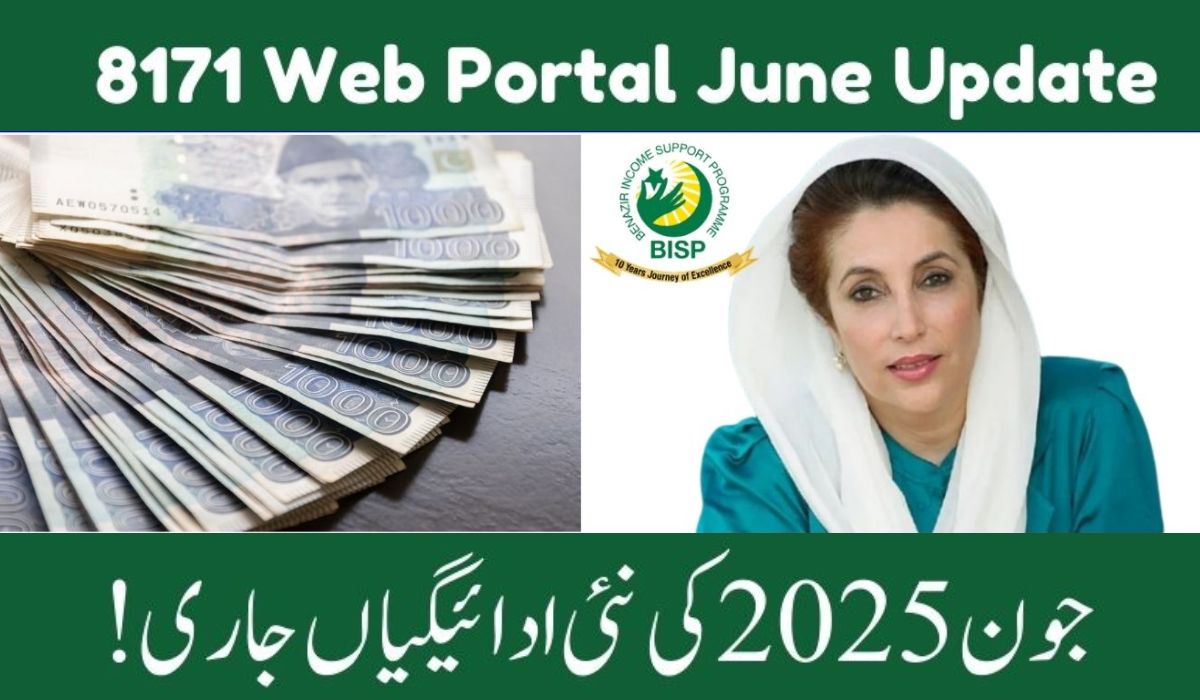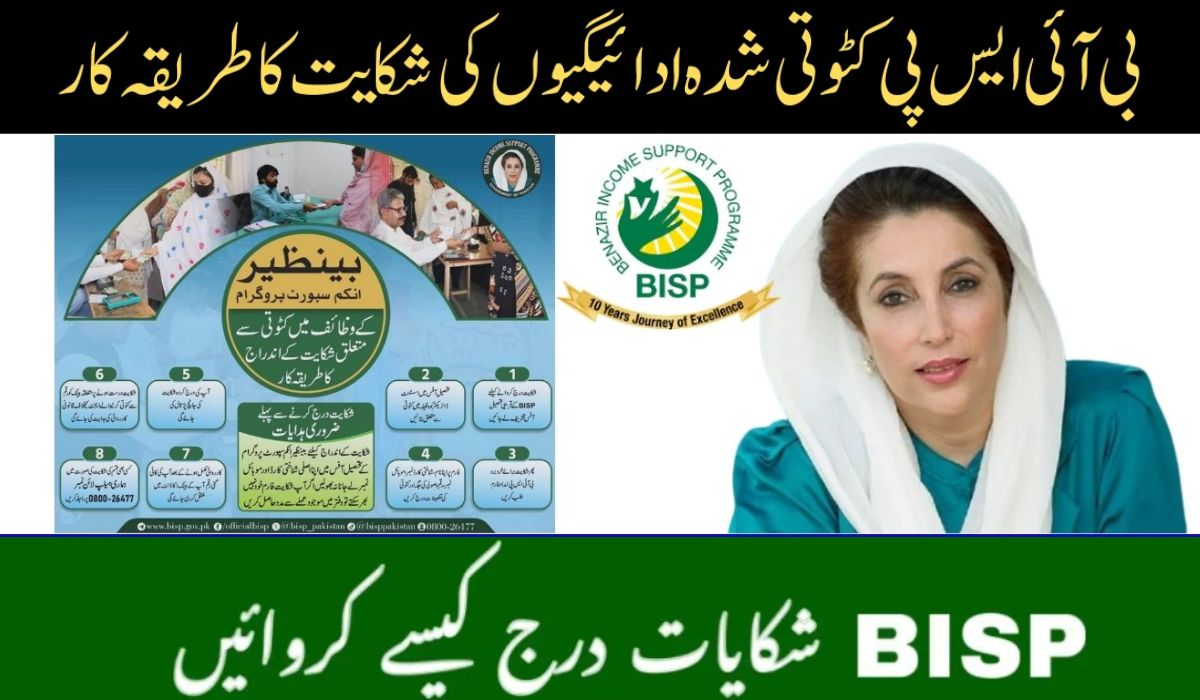86% of Beneficiaries Received BISP Payments
Overview of the BISP
86% Payment Success in August 2024
In August 2024, BISP successfully disbursed payments to 86% of its beneficiaries. This achievement is attributed to several key factors, including technological advancements, enhanced outreach strategies, and improved administrative processes. The success underscores BISP’s commitment to delivering timely and accurate financial aid to those in need.
Factors Contributing to the High Payment Success Rate
Several factors have contributed to the high beneficiaries received bisp payments rate achieved by BISP in August 2024:
1. Technological Advancements:
The integration of advanced technology in the disbursement process has played a crucial role. beneficiaries received bisp payments has implemented a robust digital payment system, enabling secure and efficient transactions. The use of biometric verification and mobile banking has significantly reduced the chances of fraud and errors.
2. Enhanced Outreach:
BISP has strengthened its outreach efforts to ensure that beneficiaries are well-informed about beneficiaries received bisp payments and collection methods. This includes extensive communication campaigns through various media channels and local community networks.
3. Administrative Improvements:
Continuous efforts to streamline administrative processes have improved the overall efficiency of the program. This includes better data management, regular monitoring and evaluation, and swift resolution of beneficiary complaints.
4. Partnerships:
Collaboration with financial institutions, telecom operators, and community organizations has facilitated smoother beneficiaries received bisp payments. These partnerships have expanded the network of payment points, making it easier for beneficiaries to access their funds.
Impact of BISP Payments on Beneficiaries
The timely disbursement of beneficiaries received bisp payments has had a significant impact on the lives of beneficiaries:
1. Poverty Alleviation:
Regular financial assistance helps families meet their basic needs, reducing poverty and improving their overall standard of living.
2. Women’s Empowerment:
Since BISP payments are primarily directed towards women, the program empowers them economically and socially. This financial independence enhances their decision-making power within households and communities.
3. Health and Education:
With additional financial resources, families can afford better healthcare and education for their children, leading to improved health outcomes and educational attainment.
4. Economic Stability:
BISP payments provide a safety net for low-income families, helping them cope with economic shocks and uncertainties. This stability enables them to plan for the future and invest in income-generating activities.
Detailed Process of Receiving BISP Payments
To provide a clear understanding of how beneficiaries receive BISP payments, here is a step-by-step outline of the process:
Step 1: Beneficiary Identification and Enrollment
1. Eligibility Assessment:
Families are identified and assessed for eligibility based on predetermined criteria, including income level, household size, and socio-economic status.
2. Registration:
Eligible families are registered in the BISP database, and a unique beneficiary identification number is assigned.
Step 2: Payment Scheduling and Notification
1. Payment Schedule:
BISP releases a payment schedule indicating the dates when funds will be disbursed.
2. Notification:
Beneficiaries are notified of the payment dates through SMS, community announcements, and local BISP offices.
Step 3: Payment Disbursement
1. Digital Payment Methods:
Payments are disbursed through various digital methods, including mobile wallets, bank transfers, and ATMs. Biometric verification is used to ensure secure transactions.
2. Payment Collection Points:
Beneficiaries can collect their payments from designated collection points such as banks, ATMs, or mobile money agents.
Step 4: Verification and Grievance Redressal
1. Verification:
Beneficiaries are required to verify their identity using biometric systems or other approved methods before receiving their payments.
2. Grievance Redressal:
BISP has established a comprehensive grievance redressal mechanism to address any issues faced by beneficiaries, including payment delays, incorrect amounts, or verification problems.
FAQs Related to BISP Payments
Q1: What are the eligibility criteria for receiving BISP payments?
Eligibility for BISP payments is determined based on factors such as household income, family size, and socio-economic status. The program primarily targets the poorest households, with a particular focus on women.
Q2: How can I register for BISP?
To register for BISP, eligible families should contact their local BISP office or participate in community surveys organized by BISP. They will be assessed based on the eligibility criteria and registered if they meet the requirements.
Q3: How are BISP payments disbursed?
BISP payments are disbursed through various digital methods, including mobile wallets, bank transfers, and ATMs. Beneficiaries can collect their payments from designated collection points after verifying their identity.
Q4: What should I do if I do not receive my BISP payment on time?
If you do not receive your BISP payment on time, contact your local BISP office or call the BISP helpline for assistance. They will help address any issues and ensure you receive your payment.
Q5: Can I check the status of my BISP payment?
Yes, you can check the status of your BISP payment through the BISP helpline, SMS service, or by visiting the nearest BISP office.
Q6: What measures are in place to prevent fraud in BISP payments?
BISP has implemented several anti-fraud measures, including biometric verification, secure digital payment systems, regular audits, and stringent monitoring and evaluation processes.
Q7: How frequently are BISP payments made?
BISP payments are generally made on a quarterly basis, although the frequency may vary depending on the program’s schedule and available resources.
Q8: Are there any additional benefits provided by BISP besides cash payments?
Yes, BISP offers additional benefits such as health insurance, educational scholarships for children, and vocational training programs to support beneficiaries’ long-term economic stability.
Q9: How can I update my information in the BISP database?
To update your information in the BISP database, visit your local BISP office and provide the necessary documents to verify the changes. The staff will assist you with updating your records.
Q10: What steps is BISP taking to improve service delivery?
BISP is working to enhance service delivery by integrating advanced technology, improving outreach efforts, streamlining administrative processes, and collaborating with various partners to expand access to services.


